RockPro64 vs. Raspberry Pi 4: Which Maker Board is Best for You?
There's no shortage of maker boards on the market. Single-board computer (SBC) options continue to populate the do-it-yourself (DIY) space. However, despite the plethora of development boards available, the Raspberry Pi tends to reign supreme. Because of its massive community, tons of hardware and software support, plus a slew of accessories, the Raspberry Pi is a fantastic SBC. But many Raspberry Pi alternatives challenge the Raspberry Pi. Compare the RockPro64 vs. Raspberry Pi 4 and discover which maker board is best for your needs!
What is the Raspberry Pi 4?
Hailing from the Raspberry Pi Foundation, the Raspberry Pi 4 is the flagship Raspberry Pi board on the market. It replaced the Raspberry Pi 3 B+ as the company's most capable SBC. The Raspberry Pi 4 is powered by a Broadcom BCM2711, quad-core Cortex-A72 (ARM v8) 64-bit system-on-a-chip (SoC) clocked at 1.5GHz. There are three different models offering a choice of 1GB, 2GB, 4GB, or 8GB of LPDDR4-2400 SDRAM. Networking benefits from Gigabit Ethernet and a dual-band 2.4GHz/5GHz IEEE 802.11ac wireless network with Bluetooth Low Energy 9BLE).
For connectivity, the Pi 4 touts two USB 3.0 ports and dual USB 2.0 ports. Carrying over from previous Raspberry Pi iterations, you'll find a familiar 40-pin GIPO header with backwards compatibility with earlier generation models. Moreover, the Pi 4 flaunts a 2-lane MIPI DSI display port, 2-lane MIPI CSI camera port, and 4-pole stereo audio and composite video output. Plus, there's a dual micro-HDMI out with support for 4K resolutions at 60 frames per second (FPS). A microSD card slot holds an operating system to boot from. The Pi 4 swaps a micro USB power connector for a 5V DC USB-C connector.
Although the Raspberry Pi 4 may at first glance appear similar to its predecessor, input/output (I/O) changes and a hardware refresh offer fresh capabilities. Switching from a single full-size HDMI output to dual micro-HDMI ports adds dual-monitor support. Plus the Pi 4 can tackle 4K video. Likewise, a USB-C power connector on the Pi 4 means that cases for the Pi 3 B+ won't fit. This breaks a long line of backward compatibility in the Pi 4 family.
But certain accessories such as power over Ethernet (PoE) HATs continue to work flawlessly. And the new SoC coupled with options for more and faster RAM means the Pi 4 arrives as a major update.
Raspberry Pi 4 specs:
- Broadcom BCM2711, Quad-core Cortex-A72 (ARM v8) 64-bit SoC @ 1.5GHz
- 1GB, 2GB or 4GB LPDDR4-2400 SDRAM (depending on model)
- 2.4 GHz and 5.0 GHz IEEE 802.11ac wireless, Bluetooth 5.0, BLE
- Gigabit Ethernet
- 2 USB 3.0 ports; 2 USB 2.0 ports.
- Raspberry Pi standard 40 pin GPIO header (fully backwards compatible with previous boards)
- 2 × micro-HDMI ports (up to 4kp60 supported)
- 2-lane MIPI DSI display port
- 2-lane MIPI CSI camera port
- 4-pole stereo audio and composite video port
- H.265 (4kp60 decode), H264 (1080p60 decode, 1080p30 encode)
- OpenGL ES 3.0 graphics
- Micro-SD card slot for loading operating system and data storage
- 5V DC via USB-C connector (minimum 3A*)
- 5V DC via GPIO header (minimum 3A*)
- Power over Ethernet (PoE) enabled (requires separate PoE HAT)
- Operating temperature: 0 – 50 degrees C ambient
What is the RockPro64?
From Pine64 comes the RockPro64, a beefy single-board computer. At its heart, the RockPro64 sports a Rockchip RK3399 hexa-core system-on-chip with dual ARM Cortex A7s and quad ARM Cortex A53 processors. For graphics, there's a MALI T-860 quad-core GPU. Whereas the Raspberry Pi 4 features a microSD card slot, the RockPro64 comes with an eMMC module as well as a microSD card reader. There's a USB-C port, one USB 3.0 host, and a dual UB 2.0 headers.
Connectivity includes a MIPI DSI interface, stereo MIPI CSI interface, touch panel interface, eDP interface, and PI-2 GPIO bus.
Pine64 RockPro64 specs:
- Rockchip RK3399 Hexa-Core (dual ARM Cortex A72 and quad ARM Cortex A53) processor
- MALI T-860 Quad-Core GPU
- eMMC slot
- microSD card slot
- 1 x USB 3.0 Type C
- 1x USB 3.0 type A
- 2x USB 2.0 Host
- Gigabit Ethernet
- PI-2 GPIO Bus
- eDP interface
- MiPi DSI interface
- Touch panel interface
- Stereo MiPi CSI interface
RockPro64 vs. Raspberry Pi 4 OS Options
Both the RockPro64 and Raspberry Pi 4 feature many operating system (OS) options. Linux distros including Ubuntu, Debian, Armbian, DietPi, Slackware, Manjaro ARM, CentOS, Nems Linux, and Arch Linux make a DIY Linux desktop or server simple to spin up. Dedicated Kodi home theatre PC (HTPC) distributions (distros) such as LibreELEC make streaming and local media playback a breeze. OpenBSD, NetBSD, and OpenMediaVault are available for server environments, and you can even create an Android desktop using the RockPro64. Plus, retro gaming is possible with the likes of Recalbox, Batocera, and Lakka. For a Chrome OS PC, you can use Chromium.
The Raspberry Pi is no slouch for OS compatibility. Raspbian is a Debian-based distro specifically made for the Raspberry Pi. As such, it runs flawlessly. Plus, there's Manjaro ARM, a simplified version of Arch Linux that employs rolling updates. Massively-popular Linux distro Ubuntu maintains compatibility with the Raspberry Pi 4 in both desktop and server flavors. Ethical hacking Linux OS popularized by USA hit TV series Kali Linux runs on the Raspberry Pi 4 as well. For retro gaming, you can run Lakka, and LibreELEC runs on the Pi too. Smart home hub software like Home Assistant works on the Pi 4 as well.
Since the Raspberry Pi 4 shifted to Debian Buster, some previous operating systems don't yet have updated images for the Pi 4. Thus, at the time of writing, the RockPro64 features more OSes. However, some of these are a bit rough around the edges. RockPro64 distros including Manjaro ARM, DietPi, CentOS, and Armbian should be fine. But the Debian release was initially a bit buggy, later updated to a more usable release. The Pi 4, on the other hand, doesn't (yet) have as many OSes but each one is really polished. While the RockPro64 wins for volume of OSes, the Pi 4 bests the RockPro64 with quality.
Winner: RockPro64
Raspberry Pi 4 Projects vs. RockPro64 Projects
Since both the Pi 4 and Pine64 RockPro64 run a boatload of different distros, there are plenty of uses for both boards. Some of my favorite Raspberry Pi 4 projects include a simple Linux desktop, retro gaming console, home theatre PC, and smart home hub.
Likewise, the RockPro64 is well-suited to a slew of different projects. You can spin up a Linux or Android desktop, smart home hub, NAS, retro gaming console, HTPC, or any of many other projects. Both boards are pretty evenly matched when it comes to looking at Raspberry Pi 4 uses and RockPro64 projects.
Winner: Tie
Connectivity for the RockPro64 and Raspberry Pi 4
One area where the Raspberry Pi 4 really improved was connectivity. There's true Gigabit Ethernet, Bluetooth, and 2.4GHz/5GHz IEEE 802.11ac WiFi. I/O includes four USB ports, and a 40-pin GPIO header, plus a 2-lane MIPI DSI display port and 2-lane MIPI CSI camera port. A 40-pin GPIO header allows for simple component hook up. Dual micro HDMI ports provide 4K video output, and there's a UB-C power port. For running an OS, the Pi features a microSD card slot.
The RockPro64 features Gigabit Ethernet but lacks WiFi or Bluetooth. Instead of two micro HDMI outputs, there's a single full-size HDMI out. For inputs and outputs, the Pine64 RockPro64 offers dual USB 2.0 hosts, a single USB 3.0 port, and a USB-C. For component hook up, you can use a stereo MIPI CSI interface, MIPI DSI interface, PI-2 GPIO bus, and eDP interface. There's even a touch panel interface available. In addition to a microSD card slot, the RockPro64 uses eMMC as well.
While both boards are pretty superbly specced out, the Raspberry Pi 4 wins with its dual micro-HDMI ports, Bluetooth, and WiFi.
Winner: Raspberry Pi
Raspberry Pi 4 vs RockPro64 Accessories
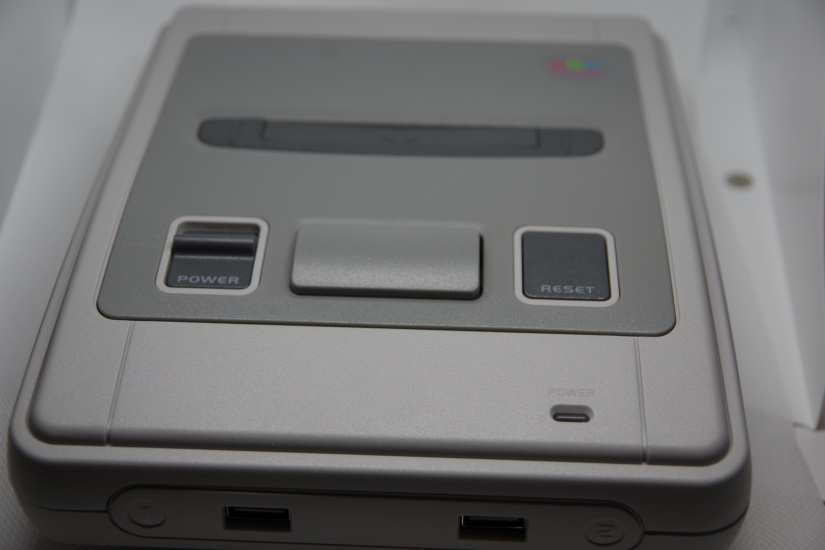
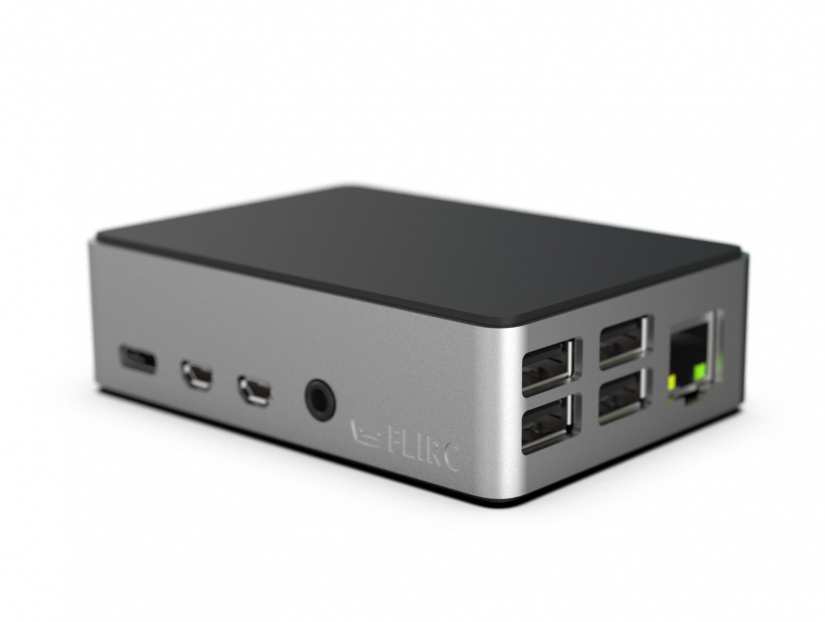 Likewise, RockPro64 accessories mainly manifest as cases and heatsinks. There are some really nifty RockPro64 cases such as a metal network-attached storage (NAS), Roshambo retro gaming case, and a Playbox for creating a touchscreen-capable device. Plus, you can find an array of heatsinks and fans for the RockPro64 to keep your device cool. Whereas tons of SBCs feature the same footprint at the Raspberry Pi 2, 3, and 3 B+ for wide-ranging accessory compatibility, the RockPro64 doesn't. Therefore, the Raspberry Pi 4 wins, although many RockPro64 accessories are available.
Likewise, RockPro64 accessories mainly manifest as cases and heatsinks. There are some really nifty RockPro64 cases such as a metal network-attached storage (NAS), Roshambo retro gaming case, and a Playbox for creating a touchscreen-capable device. Plus, you can find an array of heatsinks and fans for the RockPro64 to keep your device cool. Whereas tons of SBCs feature the same footprint at the Raspberry Pi 2, 3, and 3 B+ for wide-ranging accessory compatibility, the RockPro64 doesn't. Therefore, the Raspberry Pi 4 wins, although many RockPro64 accessories are available.
Winner: Raspberry Pi 4
Community and Resources
When it comes to community and resources, the Raspberry Pi absolutely trounces almost every single-board computer on the market. The Raspberry Pi Foundation keeps its website up to date with Raspberry Pi OS downloads, a blog, news posts, and more. Community forums such as Reddit provide online channels for thousands of Pi users to interact. One Raspberry Pi subreddit even provides a home for more than 1.5 million members. Moreover, there are tons of Raspberry Pi books, courses, and tutorials.
The RockPro64 maintains a loyal community. However, you won't find as many resources. Pine64 supports its board and community extremely well, but the official Pine64 subreddit only has around 2K members. That's definitely respectable, and RockPro64 users are dedicated community members. But the Pi absolutely dominates with its massive userbase.
Winner: Raspberry Pi
Performance Capabilities - Raspberry Pi vs. Pine64 RockPro64
When it comes to performance, the RockPro64 actually dominates the Raspberry Pi 4 in most benchmarks. Its RK3399 processor is beefy, and up to 4GB of LPDDR4 matches the Raspberry Pi 4. John the Ripper benchmarks find the Raspberry Pi 4 clocking in around 530 c/s with the RockPro64 a bit shy of 800 c/s. Similarly, in C-Ray tests, the RockPro64 managed to perform more efficiently cutting the Raspberry Pi 4's performance almost in half. Himeno Poisson benchmarks found the Pi 4 far faster than the Raspberry Pi 3, but oddly slightly faster than the RockPro64. The Raspberry Pi 4 is a major update over its predecessor in the Raspberry Pi 3 B+, but the RockPro64 RK3399 processor still bests the Pi 4.
Winner: RockPro64
Raspberry Pi 4 Price vs. RockPro64 Cost
The RockPro64 2GB board retails for $60, while the 4GB unit clocks in at around $80 USD. The Raspberry Pi 4 begins at $35 for the 1GB board, $45 for the 2GB model, and $55 for its highest 4GB tier. Technically, the Raspberry Pi 4 is more affordable, but the RockPro64 affords increased performance with its RK3399 SoC. Thus, when comparing the pricing of the Raspberry Pi vs. RockPro64, it's basically a tie.
Winner: Tie
Raspberry Pi 4 vs. RockPro64 - Which Board is Best for You?
The Pine64 RockPro64 is a beefy little single-board computer. Using mine for a slew of applications, from media playback to gaming, I've experienced solid performance when emulating difficult systems such as the Sega Dreamcast, Nintendo 64, and Sony PlayStation Portable. For the average user, the Raspberry Pi 4 remains the best pick. There's spectacular support from the Raspberry Pi Foundation, as well as third-party sources. Moreover, the Pi 4 benefits from a massive set of accessories and add-ons, affordable pricing, and better connectivity.
However, the RockPro64 compared to the Raspberry Pi 4 offers generally better performance. And since the Raspberry Pi 4 hasn't been out as long, the RockPro64 actually boasts more compatible operating systems. For more intensive tasks, the RockPro64 might be a better pick.
Overall, when juxtaposing the Raspberry Pi 4 vs. RockPro64, the Pi 4 takes the cake, or pie if you will. With a bevy of tutorials, books, accessories, and OSes as well as superb price-to-performance, the Pi is an awesome pick for both new makers and seasoned DIYers alike. Still, I highly recommend the RockPro64. It's easily one of the best Raspberry Pi alternatives on the market, and I regularly use mine for retro gaming, desktop use, HTPC purposes, and even as a NAS. My advice is to get both boards, test out different distros, and use each for different projects. But if you can only pick one, try the Pi 4.
Winner: Raspberry Pi 4 (by a slight edge)
Your turn: Which SBC do you recommend, the Pine64 ROckPro64 or Raspberry Pi 4?




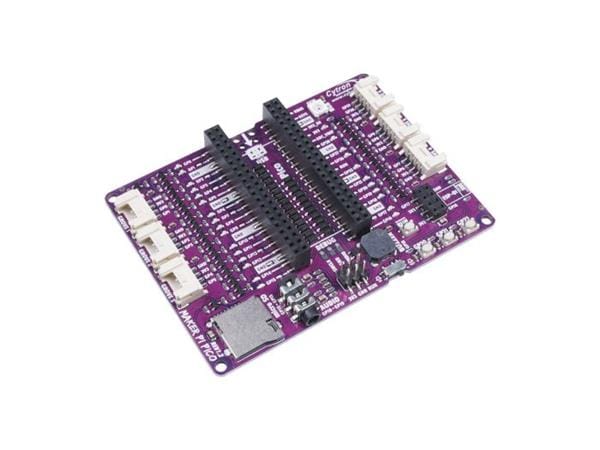


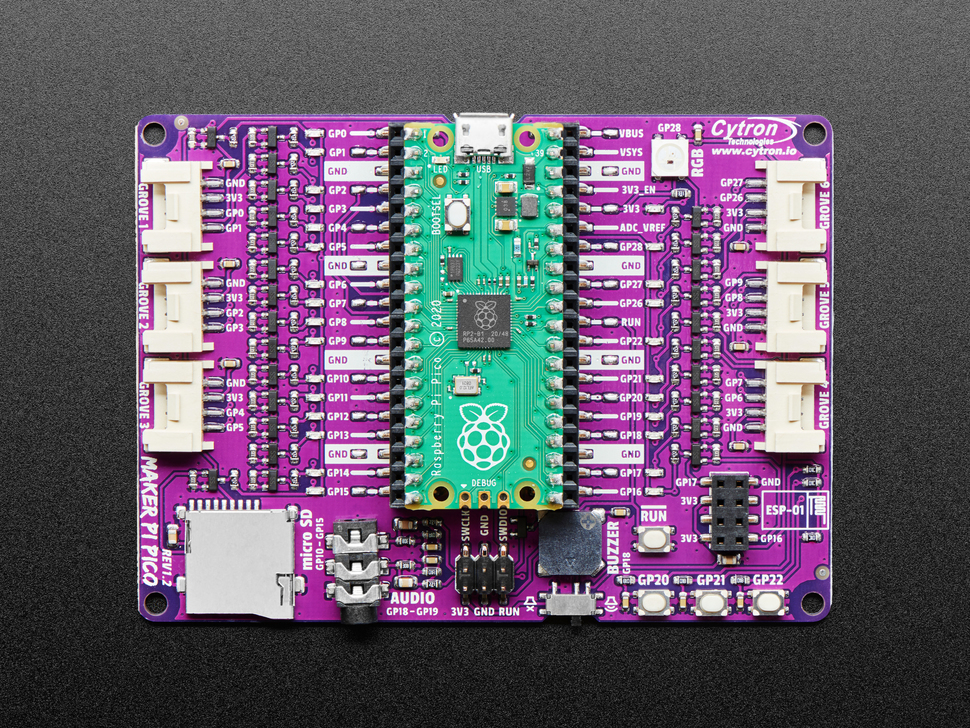
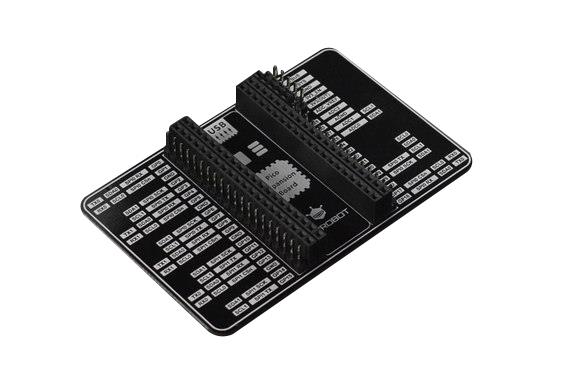
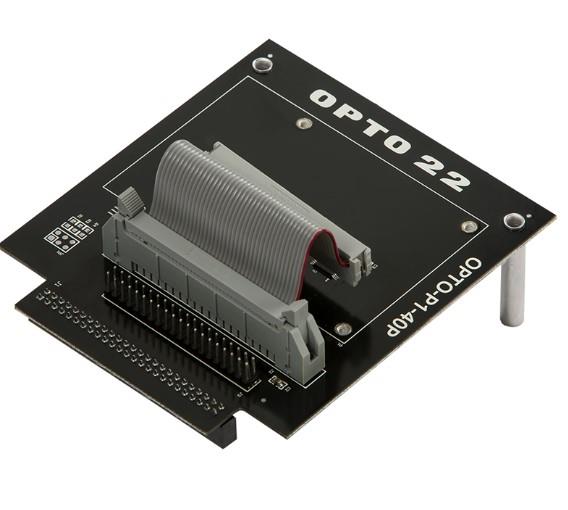
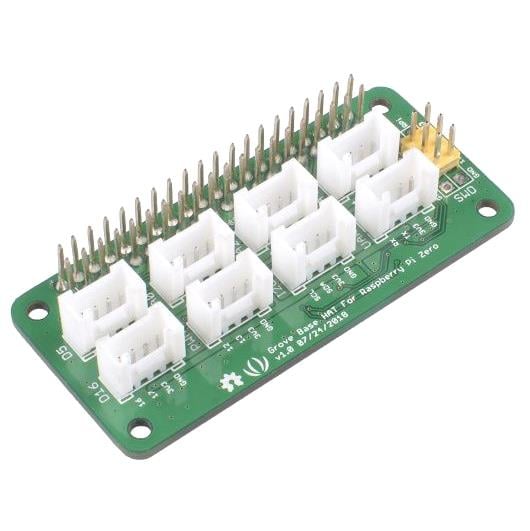



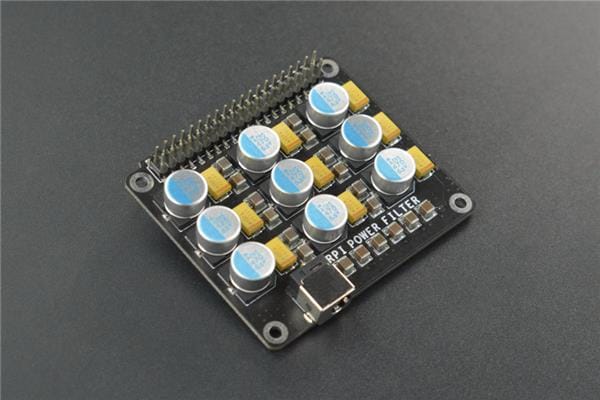


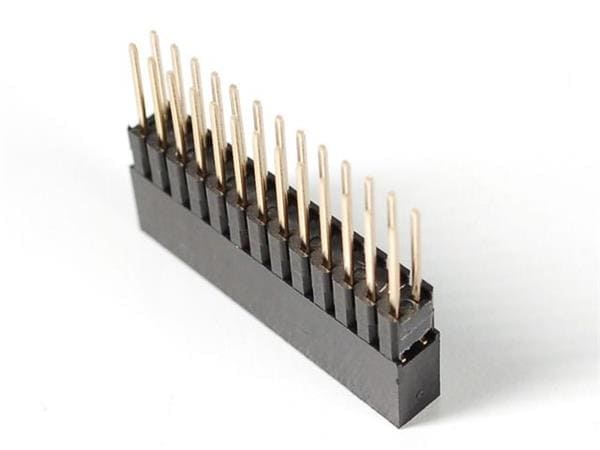
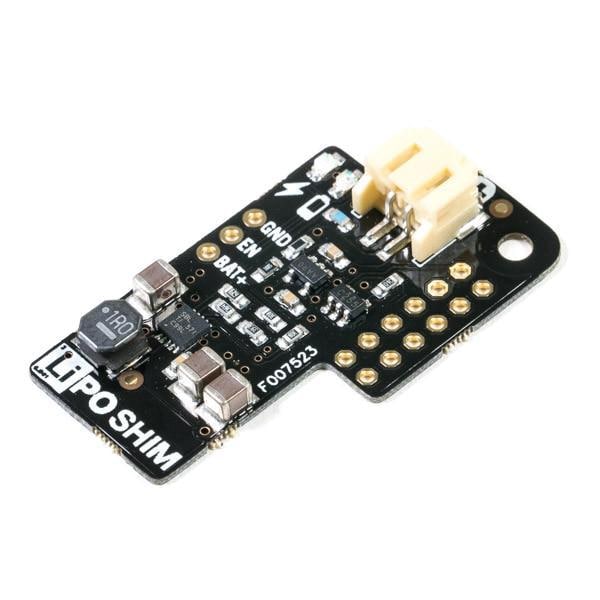
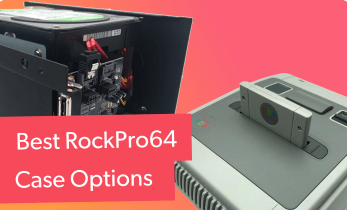
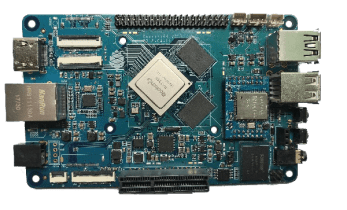
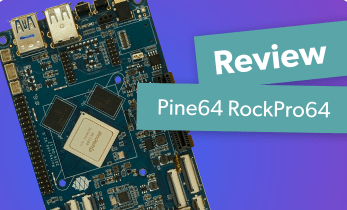
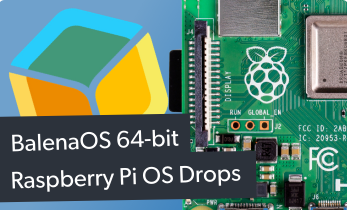

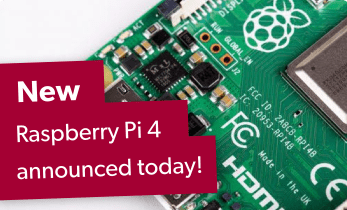


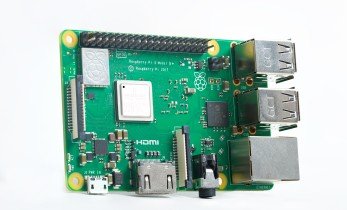

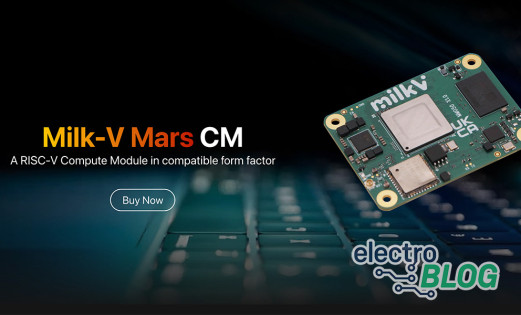

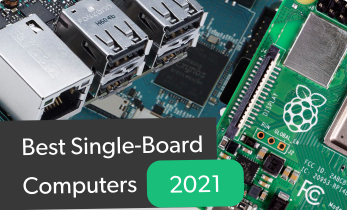
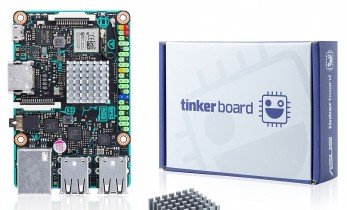

Leave your feedback...